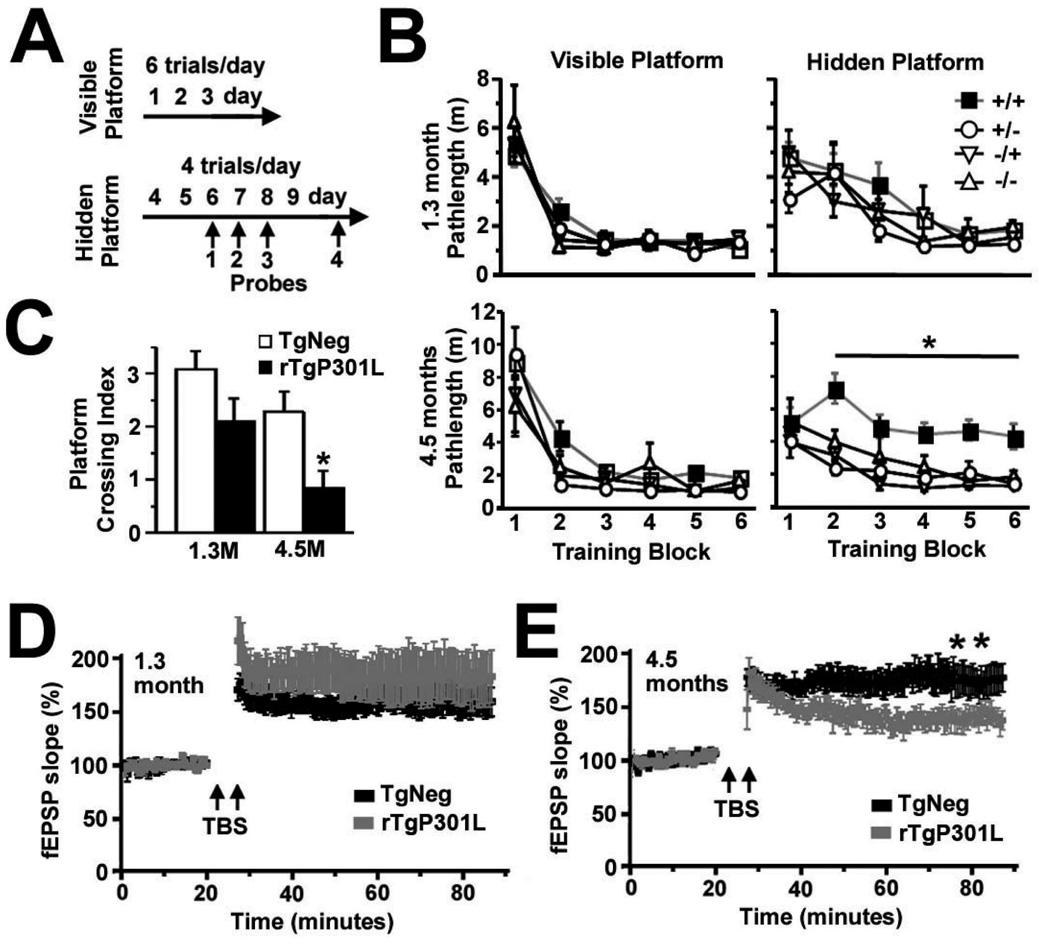Figure 1. Memory and synaptic plasticity in rTgP301L mice.
(A) Timeline of sequential training and testing in the Morris water maze as previously described (Westerman et al., 2002; Ramsden et al., 2005). (B) No deficits were observed in locating the visible platform at any age. Only 4.5-month old rTgP301L mice showed a significant deficit in learning to locate the hidden platform. (C) rTgP301L mice at 4.5 but not 1.3 months (M) showed impaired retention of spatial reference memory as assayed by the platform crossing index. n = 12 rTg mice at each age and n = 4 mice for each TgNeg group at each age (B) for a total of 12 mice for pooled TgNeg group (C). (D) There was no difference in theta burst stimuli (TBS)-induced long term potentiation (LTP) of field excitatory postsynaptic potentials (fEPSPs) in the CA1 hippocampal subfield between rTgP301L and TgNeg littermates at 1.3 months. (E) LTP was impaired in 4.5-month old rTgP301L mice. n = 10 brain slices from each group in 4.5-month old mice (n = 6 animals/genotype); n = 14 rTg brain slices and n = 12 control slices from 1.3-month old mice (n = 6 animals/genotype). +/+, rTgP301L mice; +/−, −/+, or −/−, TgNeg control mice that express the activator, responder, or neither transgene, respectively. For experiments in panels C–E, the TgNegcontrolmicewerecombinedintoonegroupdesignatedasTgNegsincetherewasno difference between TgNeg subpopulations in cognitive performance (B). M, months; m, meters. Repeated-measures ANOVA, *p < 0.05, **p < 0.01.

